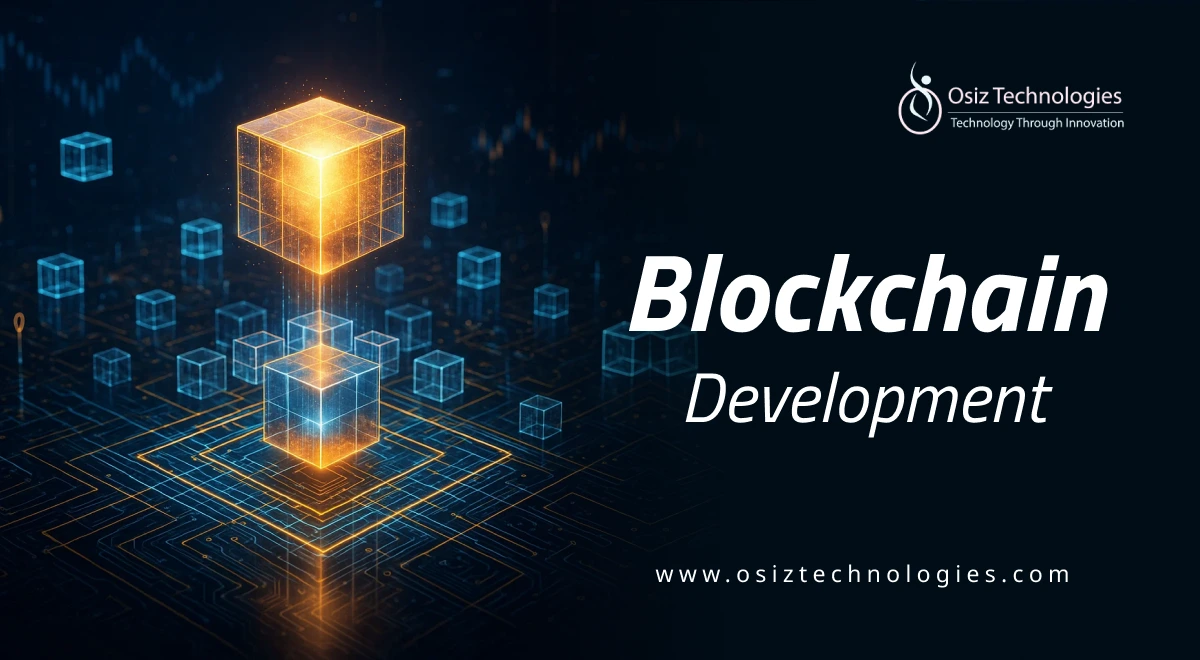In the rapidly evolving world of blockchain technology, understanding the differences between public and private blockchains is crucial for businesses and developers alike. Each type of blockchain serves distinct purposes, offering unique advantages and challenges. This article delves into the fundamental differences, use cases, and implications of both public and private blockchains, providing a comprehensive guide for those looking to navigate this complex landscape.
Understanding Blockchain Basics
Before diving into the differences, it's essential to grasp what blockchain technology entails. At its core, a blockchain is a decentralized ledger that records transactions across multiple computers. This ensures that the recorded transactions are secure, transparent, and immutable. The architecture of a blockchain can be categorized into two main types: public and private.
What is a Public Blockchain?
A public blockchain is an open network where anyone can participate, validate transactions, and access the entire blockchain's history. Bitcoin and Ethereum are prime examples of public blockchains. They operate on a decentralized model, meaning no single entity controls the network.
Key Characteristics of Public Blockchains
- Decentralization: No central authority governs the network, making it resilient to censorship.
- Transparency: All transactions are visible to anyone, promoting trust among users.
- Security: The consensus mechanisms, such as Proof of Work, enhance security by making it costly to alter the blockchain.
- Accessibility: Anyone can join the network and participate in the validation process.
What is a Private Blockchain?
In contrast, a private blockchain is a restricted network where access is limited to a select group of participants. Organizations often use private blockchains for internal processes or to facilitate transactions between trusted parties.
Key Characteristics of Private Blockchains
- Controlled Access: Only authorized participants can join the network, enhancing privacy.
- Efficiency: Transactions can be processed faster due to fewer participants.
- Customization: Organizations can tailor the blockchain to meet specific needs and regulatory requirements.
- Centralized Control: A single entity or consortium typically governs the network.
Comparing Key Features
To further illustrate the differences, let’s compare several key features of public and private blockchains:
1. Transparency
Public blockchains offer complete transparency, as all transactions are visible and verifiable by anyone. In contrast, private blockchains limit visibility to authorized users, which can be advantageous for sensitive data.
2. Security
Public blockchains utilize extensive consensus mechanisms, making them highly secure but also energy-intensive. Private blockchains, while generally secure, may not require the same level of computational power, leading to faster transaction times.
3. Speed and Scalability
Public blockchains can experience slower transaction speeds due to the need for consensus among numerous participants. Private blockchains, however, can process transactions more quickly, making them suitable for businesses requiring rapid data exchange.
4. Decentralization vs. Centralization
The decentralized nature of public blockchains promotes trust and resilience against attacks. Private blockchains, however, are more centralized, which can lead to quicker decision-making but may raise concerns about trust and control.
Use Cases for Public Blockchains
Public blockchains are ideal for applications requiring transparency and decentralization. Some notable use cases include:
- Cryptocurrencies: Bitcoin and Ethereum facilitate peer-to-peer transactions without intermediaries.
- Decentralized Finance (DeFi): Platforms like Uniswap and Aave operate on public blockchains, allowing users to lend, borrow, and trade without traditional financial institutions.
- Supply Chain Transparency: Companies can track products from origin to consumer, ensuring authenticity.
Use Cases for Private Blockchains
Private blockchains are better suited for businesses that require confidentiality and control. Some applications include:
- Internal Record Keeping: Organizations can manage sensitive data securely within a controlled environment.
- Healthcare Data Management: Private blockchains can securely store patient records while ensuring compliance with regulations.
- Financial Transactions: Banks and financial institutions can streamline operations and reduce fraud risks through private networks.
Challenges and Limitations
While both public and private blockchains have their advantages, they also face challenges:
Public Blockchain Challenges
- Scalability: As the number of users grows, public blockchains can struggle with transaction speed and network congestion.
- Energy Consumption: The consensus mechanisms, particularly Proof of Work, can be energy-intensive, raising environmental concerns.
Private Blockchain Challenges
- Trust Issues: The centralized nature can lead to trust issues among participants.
- Limited Transparency: While privacy is an advantage, it can also hinder accountability.
Future Trends in Blockchain Technology
As blockchain technology continues to evolve, both public and private blockchains are likely to adapt to meet emerging needs. Trends to watch include:
- Interoperability: Solutions that enable different blockchains to communicate will become increasingly important.
- Hybrid Blockchains: Combining the best of both worlds, hybrid blockchains could offer flexibility and security.
- Regulatory Compliance: As governments develop regulations, both types of blockchains will need to adapt to ensure compliance.
Conclusion
Understanding the differences between public and private blockchains is vital for organizations looking to leverage this transformative technology. Each type has its unique strengths and weaknesses, making them suitable for different applications. As the blockchain landscape continues to evolve, staying informed about these differences will help businesses make strategic decisions. For more insights and guidance on blockchain development, connect with us at osiztechnologies
Listen To The Article










